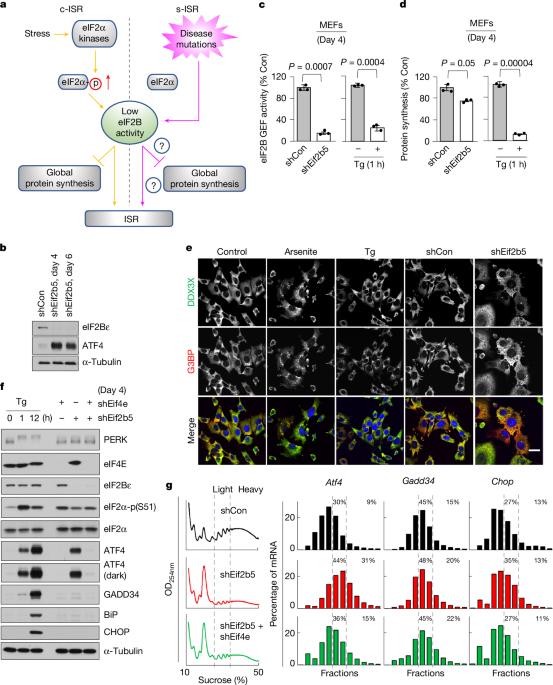
As NASA faces cuts, China reveals ambitious plans for planetary exploration
arstechnica.com
Boldly going As NASA faces cuts, China reveals ambitious plans for planetary exploration These grand Chinese plans come as NASA faces budget cuts. Eric Berger Mar 27, 2025 1:13 pm | 52 A "selfie" photo of China's Zhurong rover and the Tianwen-1 landing platform on Mars in 2021. Credit: China National Space Administration A "selfie" photo of China's Zhurong rover and the Tianwen-1 landing platform on Mars in 2021. Credit: China National Space Administration Story textSizeSmallStandardLargeWidth *StandardWideLinksStandardOrange* Subscribers only Learn moreChina created a new entity called the "Deep Space Exploration Laboratory" three years ago to strengthen the country's approach to exploring the Solar System. Located in eastern China, not far from Shanghai, the new laboratory represented a partnership between China's national space agency and a local public college, the University of Science and Technology of China.Not much is known outside of China about the laboratory, but it has recently revealed some very ambitious plans to explore the Solar System, including the outer planets. This week, as part of a presentation, Chinese officials shared some public dates about future missions.Space journalist Andrew Jones, who tracks China's space program, shared some images with a few details. Among the planned missions are:2028: Tianwen-3 mission to collect samples of Martian soil and rocks and return them to Earth2029: Tianwen-4 mission to explore Jupiter and its moon Callisto2030: Development of a large, ground-based habitat to simulate long-duration human spaceflight2033: Mission to Venus that will return samples of its atmosphere to Earth2038: Establishment of an autonomous Mars research station to study in-situ resource utilization2039: Mission to Triton, Neptune's largest moon, with a subsurface explorer for its oceanPlans should be taken seriouslyIt would be easy to dismiss these plans as fanciful, and indeed, only the first two missions have been formally approved by China's central government. Some of the concepts are tremendously exciting, but others appear unrealistic. For example, it is unknown how thick Triton's ice shell is, and designing a probe to burn through that ice to reach the ocean would be extremely challenging.Nonetheless, this scope of missions reveals that China is planning to conduct an extensive program to explore Mars and beyond, something that has almost (but not completely) exclusively been the province of NASA historically.And there are good reasons not to doubt the ambitions of China, nor its ability for interplanetary success. With its methodical lunar exploration program, dating to 2007, China has had a string of successes with robotic missions, including last summer's return of samples from the far side of the Moon.Beyond the Moon, the Tianwen-1 mission to Mars, launched in 2020, was no less impressive. No country besides the United States has ever softly landed a spacecraft on Mars and had it survive for more than a handful of minutes. But on its very first mission to Mars, China sent not only an orbiter but also a lander and a small rover that operated for about a year.All of these grand Chinese plans come as NASA faces budget cuts. Although nothing is final, Ars reported earlier this year that some officials in the Trump administration want to cut science programs at the US space agency by as much as 50 percent, and that would include significant reductions for planetary science. Such cuts, one planetary officials told Ars, would represent an "extinction level" event for space science and exploration in the United States.This raises the prospect that the United States could cede the lead in space exploration to China in the coming decades.So what will happen?To date, the majority of China's space science objectives have been successful, bringing credibility to a government that sees space exploration as a projection of its soft power. By becoming a major actor in space and surpassing the United States in some areas, China can both please its own population and become a more attractive partner to other countries around the world.However, if there are high-profile (and to some in China's leadership, embarrassing) failures, would China be so willing to fund such an ambitious program? With the objectives listed above, China would be attempting some unprecedented and technically demanding missions. Some of them, certainly, will face setbacks.Additionally, China is also investing in a human lunar program, seeking to land its own astronauts on the surface of the Moon by 2030. Simultaneously funding ambitious human and robotic programs would very likely require significantly more resources than the government has invested to date. How deep are China's pockets?It's probably safe to say, therefore, that some of these mission concepts and time frames are aspirational.At the same time, the US Congress is likely to block some of the deepest cuts in planetary exploration, should they be proposed by the Trump administration. So NASA still has a meaningful future in planetary exploration. And if companies like K2 are successful in lowering the cost of satellite buses, the combination of lower-cost launch and planetary missions would allow NASA to do more with less in deep space.The future, therefore, has yet to be won. But when it comes to deep space planetary exploration, NASA, for the first time since the 1960s, has a credible challenger.Eric BergerSenior Space EditorEric BergerSenior Space Editor Eric Berger is the senior space editor at Ars Technica, covering everything from astronomy to private space to NASA policy, and author of two books: Liftoff, about the rise of SpaceX; and Reentry, on the development of the Falcon 9 rocket and Dragon. A certified meteorologist, Eric lives in Houston. 52 Comments
0 Commentarios
·0 Acciones
·39 Views









